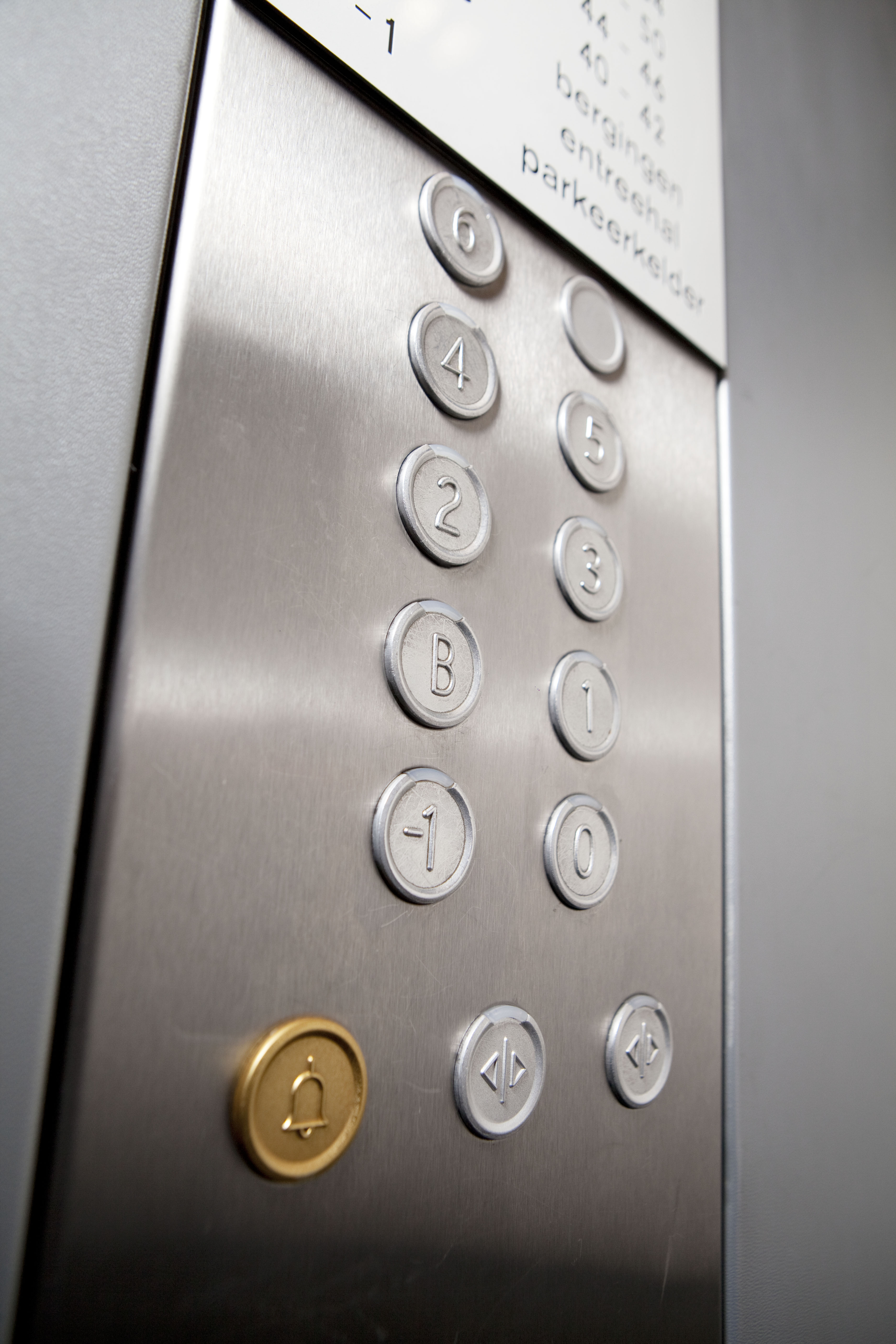A lot is happening with standards, both nationally and internationally. Liftinstituut is represented in various standards committees, so we hear about the latest developments in an early stage. What is going on with global standards? And when will these replace European standards? Let us fill you in.
 Latest developments on Codes and Standards
Latest developments on Codes and Standards
Pieter Schaareman, Codes and Standards Manager, is involved in various international technical standards committees, so he is close to the action for Liftinstituut. He has been in this position since 2000. He also works as a Product Certification Specialist for Liftinstituut's Certification department. “I divide my time equally between these two roles, but that can vary week to week.’’
Schaareman participates in two working groups set up by CEN TC10 (the European technical standards committee) and two working groups set up by ISO TC 178 (the international technical standards committee). Both are independent institutions. He explains that CEN TC10 deals with European standards, including those which interpret the essential requirements of European directives. “Working Group 1 (WG1) of CEN TC10, which I’m involved in, looks mainly at standards for lifts. Ad Hoc Group 6 (AH6) of CEN TC10 WG1, which I am also a member of, concentrates on the controls and electrical parts in lifts. There’s a lot going on there too.’’ As for ISO, he participates in Working Group 4 (WG4) and Working Group 6 (WG6), where the current focus is on globalizing standards for lifts, so that they can be applied all over the world.
Globalization
ISO standards ISO 8100-1 and ISO 8100-2 have now been published. These are global lift standards which are based on EN 81-20 and EN 81-50 and can be applied worldwide. “These standards will replace the European standards in the future”.
Though work is taking place on a revision of EN 81-20 (to be published as ISO 8100-1) and EN 81-50 (to be published as ISO 8100-2), with a view to adding the latest technological developments and incorporating observations made by the European Commission. CEN TC10 has drawn up a three-stage plan for this, which must be completed in 2023. The revision for example includes an adaptation of the requirements for lift doors and requirements for evacuation systems. It will also address alternative suspension devices, such as belts and coated cables, and an update for PESS (Programmable Electric Safety Systems). One observation by the European Commission calls for all matters not related to technical requirements to be removed from EN 81-20 and underlying standards. After 2023, revisions will come under the auspices of the international ISO TC 178 committee.’’
When we ask Schaareman whether the obligations in relation to performing inspections will also be extended worldwide, he says that the international committees have no comment to make about this and instead refers to the policies of the Member States in this regard. “But it is true that the international ISO TC 178 committee is working on a revision of standards which have an “Lifts Directive approach” for the international market, which will also include information about type approvals. The ISO 8100 standards may play a role in this (to provide the minimal requirements). These standards are likely to be completed in 2023 as well. However, it is still the case that countries themselves will be able to decide whether or not to implement this approach. This committee has already developed GESRs (Global Essential Safety Requirements) and global safety parameters for lifts. This is particularly useful for lift manufacturers that operate internationally. The GCAP (Global Conformity Assessment Procedure), developed by the ISO TC 178 committee, and GCABs (Global
Conformity Assessment Bodies) could lead to a situation where inspection bodies are able to work more and more internationally. Liftinstituut already does this today.
New developments
One of the “new” developments in lifts is PESS (Programmable Electric Safety Systems), i.e. electronic parts with software in lifts. Schaareman says that the number of relays and wires in the lift is decreasing all the time. “Using electronic systems makes maintenance cheaper and easier, and faults can be found faster. This is also making lifts more reliable. As a result, the options for measurements and monitoring are also steadily increasing. Larger lift companies in particular are working with PESS and continue with this relatively easily . Anyone who comes new on board now still must familiarize themselves with it.
Monitoring systems
The increasing number of monitoring systems on the market is another new development. “This, in itself, is a positive development but having access to the controls with these systems and the ability to change parameters may lead to unsafe situations. If it affects safety in any way, lift manufacturers must be proactive and ask the inspection body to take a closer look at it.’’
New other standards
Examples of new developments relating to standards, which will come into play in the coming years, include revised standards for stairlifts and platform lifts (EN 81-40 and EN 81-41). Schaareman: “New standards are also being prepared for low-speed lifts that carry people (EN 81-42) and lifts in wind turbines (EN 81-44). And there are new standards in the pipeline for lifts designed to carry disabled people inside their homes (EN 81-45) and a variant for residential lifts which cover several floors (EN 81-46). The new standard EN 81-13, which relates to the safe entry of lift shafts, is also on its way, as is the new standard EN 81-60. This is a checklist which lift companies can use to demonstrate whether an installed lift complies with standard EN 81-20. In addition, the updated standard EN 81-76 for evacuation of persons with disabilities will be published again soon. Related to this topic the idea of using the lift also as an evacuation device in the event of a fire is increasingly growing, partly due to Liftinstituut’s efforts.’’




